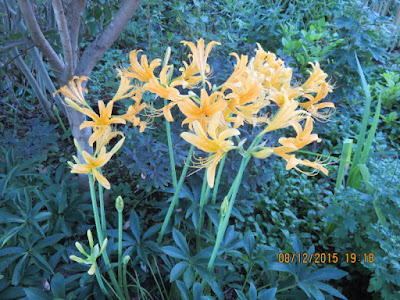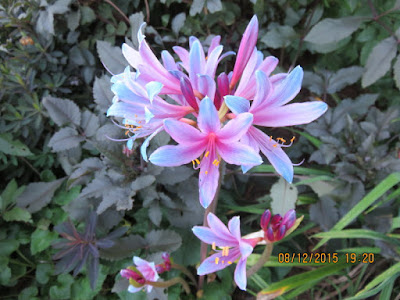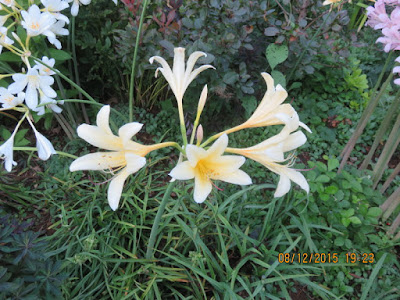The suburban ornithoscopist No. 1: video: Wayne Crist, text: Jim McKenney
Under the title given above I’ll be posting some of the
interesting, brief natural history videos Wayne has made. Most of these will be
videos of birds. These posts will be numbered and marked “video: W. Crist; text: J. McKenney”.
Video No. 1 was made on July 5, 2014 while we were visiting
friends on the Northern Neck of Virginia. We were standing at the edge of a
field, absentmindedly looking around. One of our party looked up and saw an
osprey circling high in the sky. As we watched the osprey, a bald eagle flew into
our field of vision at a much lower altitude. No sooner had the eagle appeared
than a big buteo attacked the eagle and chased it off. You won’t see the buteo
in the video – you’ll just have to take our word for it that it was there. You’ll
see the osprey circling high in the sky, and you won’t mistake the bald eagle.







































